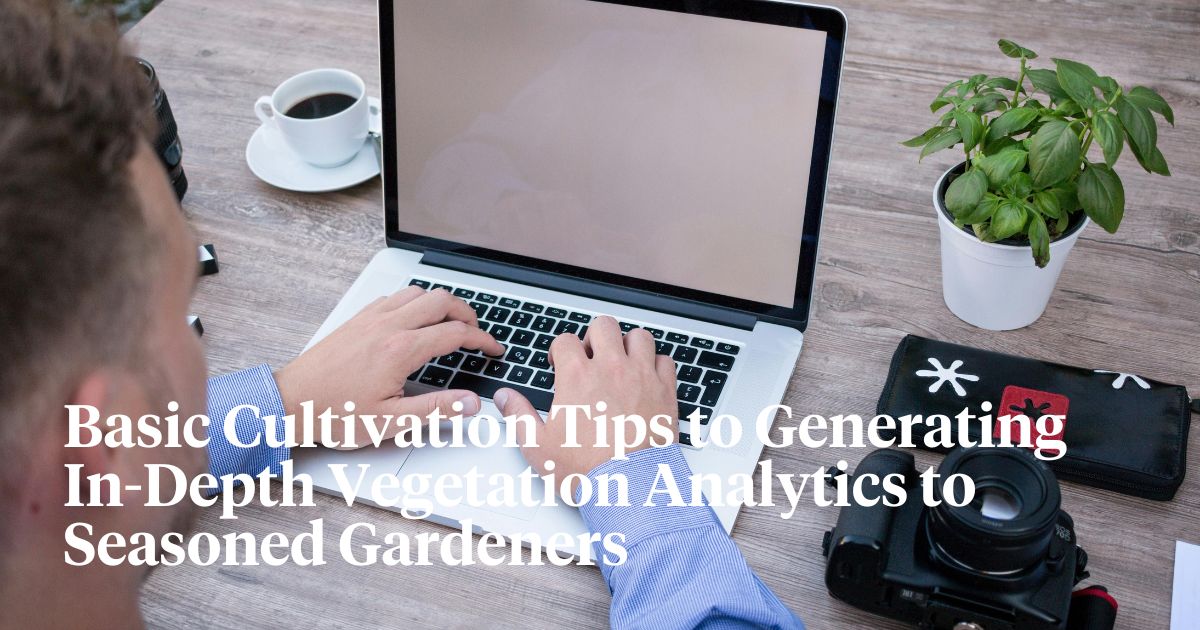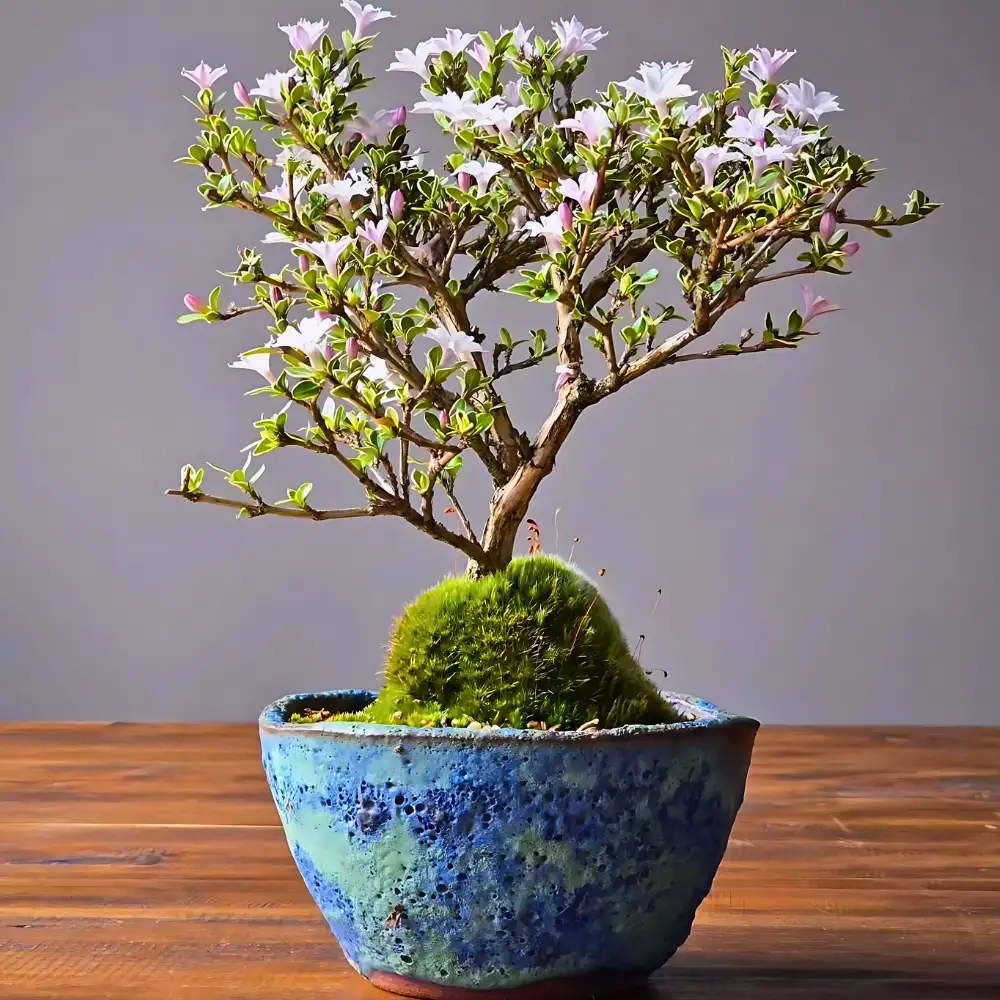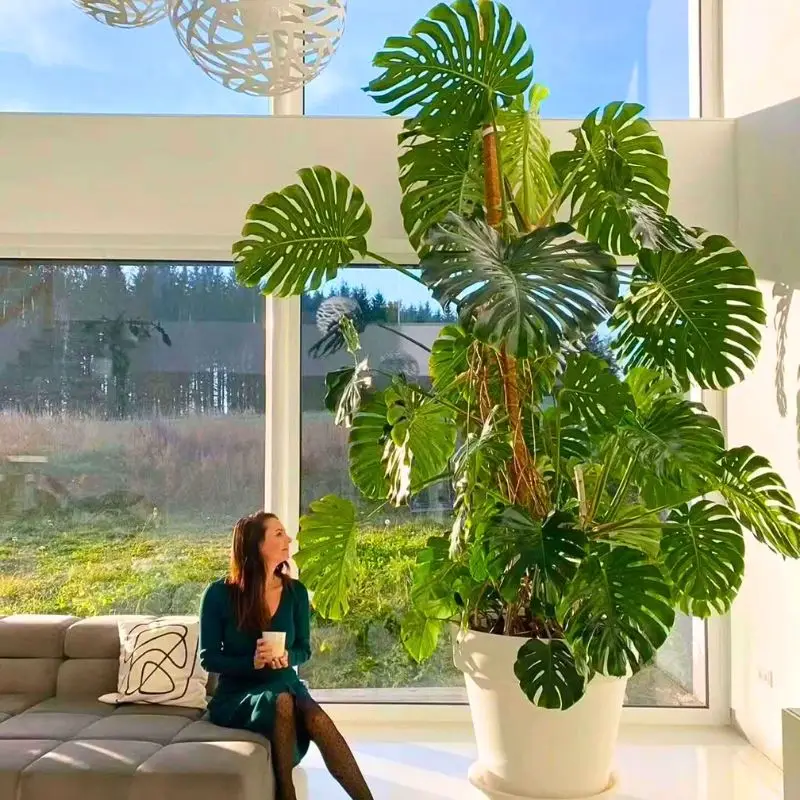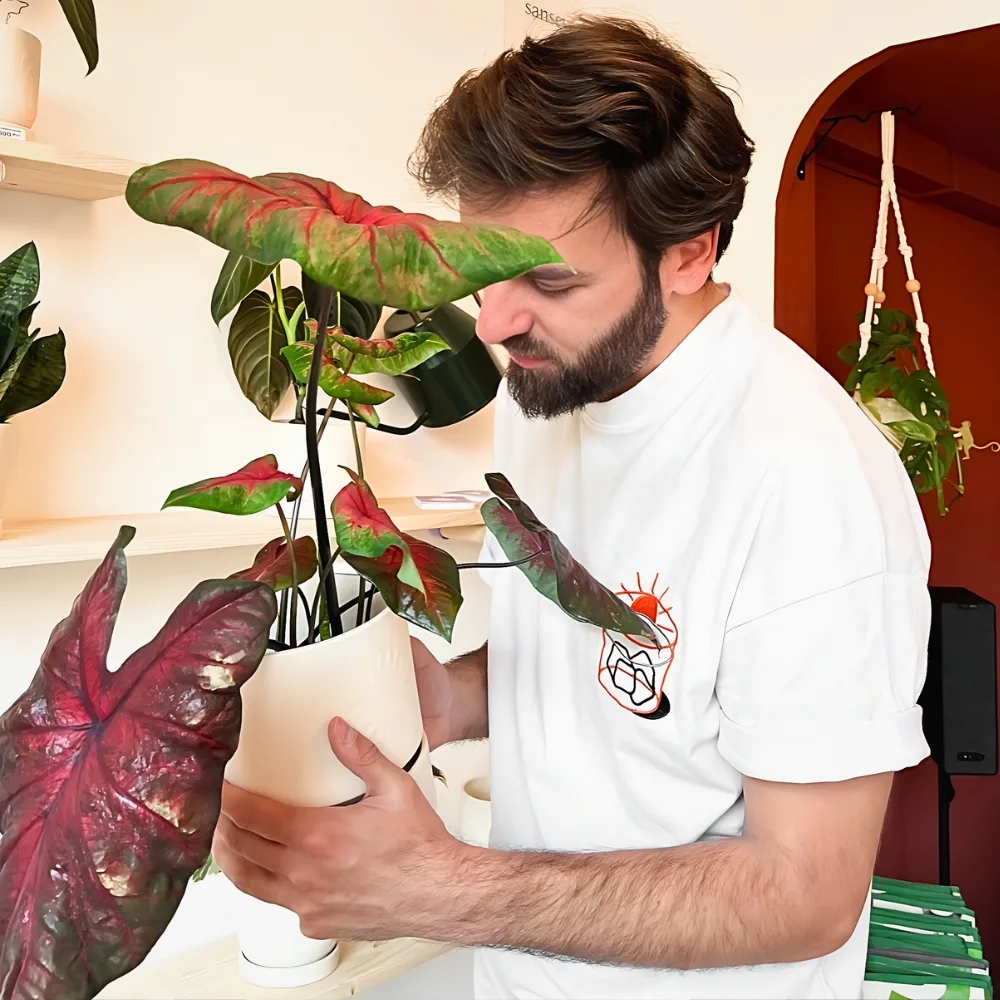The technological boom hasn’t passed agriculture and horticulture by, bringing a host of software applications to streamline farm and garden operations or simply explore our rich flora. Digitalization transformed the way we interact with plants at all steps, from planting to crop monitoring to harvesting, making every process better-informed and trackable. The existing digital tools serve a variety of use cases, fulfilling tasks of varying levels of difficulty: from providing beginner farmers with basic cultivation tips to generating in-depth vegetation analytics to seasoned gardeners. This article is meant to fill you in on the different types of plant software currently in the market and their respective uses.
Plant Identification Apps
Global flora includes over 360,000 plant species – an amount impossible to memorize unless you have the right app that can instantly go through the database and identify the plant species from a photo taken with a smartphone. Plant identification apps, such as PictureThis and PlantSnap, utilize a combination of advanced image recognition and AI not only to determine the species but also to diagnose common health issues, such as pests or diseases, providing valuable care and treatment tips. Additionally, Whether you’re an avid nature explorer or a botanist, one of these user-friendly apps can make a nice addition to your kit.

Agricultural Software
The current selection of agricultural and farm management software is overwhelming, ranging from single-purpose apps, for managing farm finances, to comprehensive solutions that gather all crop protection management in one place and enable smart crop monitoring system near real-time crop monitoring. Such advanced agricultural monitoring employs remote sensing technology to glean actionable insights from satellite imagery, informing farmers on the state of crop health, field productivity, soil conditions, weather patterns, and other crucial parameters affecting crop yields.
All in all, farm management software enables a holistic approach to managing croplands and livestock farms to improve decision-making in every aspect, from resource allocation to cattle or crop monitoring to inventory tracking. By utilizing cutting-edge technologies such as satellites and AI, agricultural software is capable of processing huge amounts of diverse data to prompt farmers toward ways to optimize current operations, enhance productivity, and save costs as well as reduce the environmental footprint of their activities.
Garden Design Planners
Garden planners are widespread among those having a green thumb for they help start a garden from scratch and with ease. With their help, users can conveniently plan the layout and contents of their gardens, adding various objects and structures, such as sprinklers, hedges, walls, etc. to make sure plants receive proper sunlight and watering. More advanced platforms like GrowVeg offer a diverse feature list, including automated sowing, planting, and harvesting schedules with reminders alongside plant pairing tips. Platforms like Garden Visualiser, in turn, focus on the design, enabling highly customizable 3D garden visualizations, and even connect users with potential installers who can aid in having their ideas come to life.

Disease and Pest Management Tools
Identification of plant health issues is another critically important task where technology comes to the rescue, providing reliable diagnostics within seconds. Agrio and Plantix, one of the most downloaded mobile apps in the niche, leverage a blend of AI and common plant problem databases to swiftly recognize pests or diseases based on the symptoms seen in the photo and provide treatment recommendations. Such software proves invaluable to both home and outdoor growers who don’t have access to professional advice, saving time and costs, and giving them peace of mind when in doubt. Additionally, disease and pest management apps can complement satellite crop monitoring: while satellites work best in detecting crop issues and pinpointing exact locations, scouts can benefit from having a pocket “crop advisor” at their fingertips while checking the problem spots.
Irrigation and Fertigation Management Systems
Precision in water and nutrient management help growers get the best of both worlds: ensure sustained growth of plants and conserve water resources. Solutions like Rachio enable smart and remotely controlled irrigation that regulates water supply based on real-time field conditions, making sure you don’t water when it rains. Fertigation software, in turn, is used for the sustainable application of fertilizers within irrigation water. By processing a wealth of data, including weather forecasts, current nutritional conditions of plants, and past records, such systems calculate the perfect amount of water and fertilizers to be applied, giving growers full control over resources. Overall, the benefits include optimized yields, resource conservation, reduced input waste and impact on the environment.
Apps for Hydroponic and Indoor Gardening
As horticulture and farming are slowly paving their way into our homes, the selection of software for hydroponic gardening and controlled environment agriculture increases. To maintain proper growth indoors, one has to constantly keep track of all vital parameters (lighting, pH levels, nutrient availability) and growing conditions (air temperature, humidity, ventilation). Apps like GrowBuddy and Niwa Grow Hub help monitor plant growth and control climate, enabling smooth management of the indoor garden and ensuring an optimal growing environment for your plants.
Today, there’s hardly an aspect of gardening or agriculture that is not guided or supported by a special digital tool – why grow traditionally if there is a smart technology allowing you to do the same more efficiently? In an overwhelming variety of marketed plant software, one can find an app for everything: from recognizing an unknown plant to getting an accurate estimation of plants’ water and nutrient needs to detecting plants affected by pests or diseases through satellite crop monitoring without actually going to the field. As technologies continue to evolve and disrupt traditional practices, the future looks bright for gardeners and crop growers seeking to grow more and better through the help of innovations.










